属性的运用和理解
1:属性快捷方式
//输入:prop,回车键,TAB键public int MyProperty { get; set; }
//输入:propfull,回车键,TAB键
private int myVar;public int MyProperty{get { return myVar; }set { myVar = value; }}2:定义属性()
namespace ConsoleApp2
{class student{public string name { get; set; }private int age;public int Age{get { return age; }set { age = value; }}}
}3:打开反汇编工具,将生成的exe文件拖入即可

4:含义:
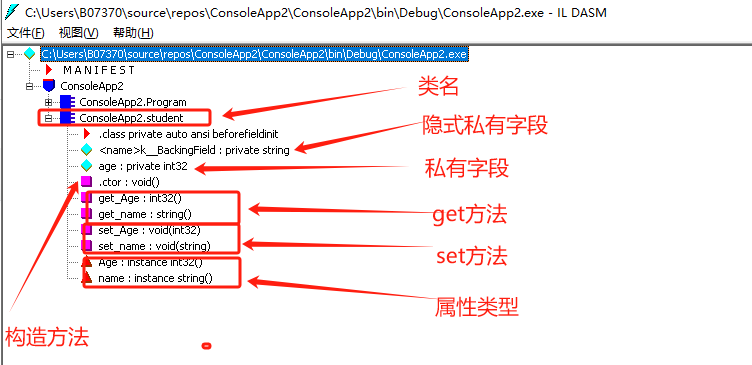 5:断点调试属性是如何赋值的(1)
5:断点调试属性是如何赋值的(1)
namespace ConsoleApp2
{class student{private int age=0;public int Age{get { return age; }set { age = value; }} }
}
class Program{static void Main(string[] args){student student = new student();student.Age = 10;}}
}a:

b:

c:
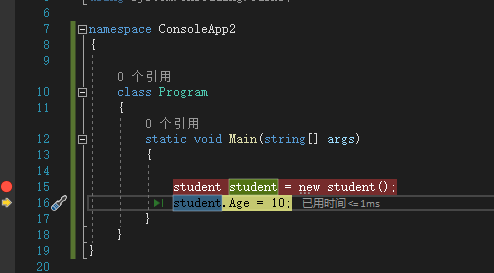
d:
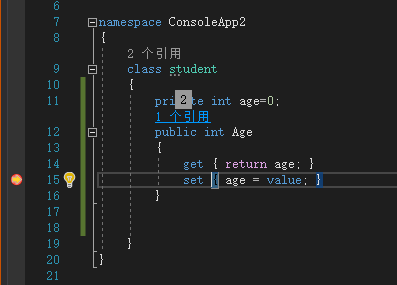
6: 断点调试属性是如何赋值的(2)
namespace ConsoleApp2
{class student{int age = 10;public int Age { get; set; } = 30;}
}
namespace ConsoleApp2
{class Program{static void Main(string[] args){student student = new student();student.Age = 10;}}
}a:
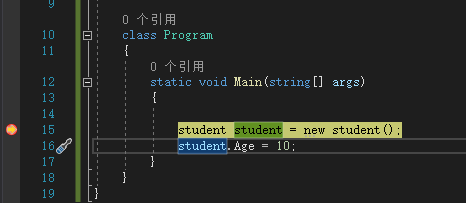
b:

c:
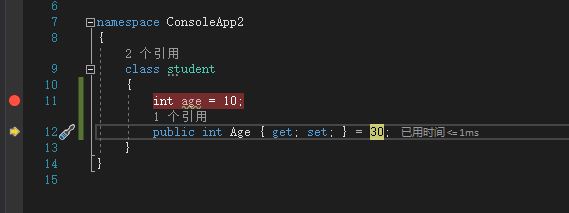
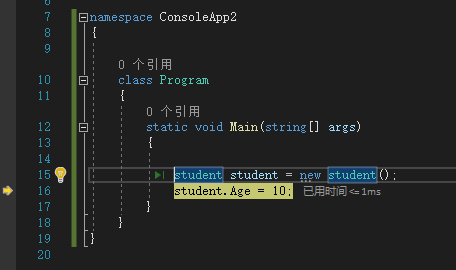
6:属性扩展方法
a:增加业务判度逻辑
namespace ConsoleApp2
{class student{private int age;public int Age{get { return age; }set {if (age<0){age = 1;}else{age = value;} }}}
}b:设置只读字段功能(无私有字段)
namespace ConsoleApp2
{class student{//无私有字段,外界读取数据的入口public int Age{get {int result = 2;//此处的值可以是别的地方获取来的return result;} }}
}7:属性的初始化
namespace ConsoleApp2
{class student{public int Age { get; set; } = 10;public string Name { get; } = "苏苏";public DateTime time{get { return DateTime.Now; }}public DateTime time2 { get => DateTime.Now; }public DateTime time3=> DateTime.Now;}
}8:构造方法和对象初始化顺序(先初始化字段和显示赋值的属性,原因:如果字段没有初始化,属性和私有字段在构造方法中无法调用),再构造方法
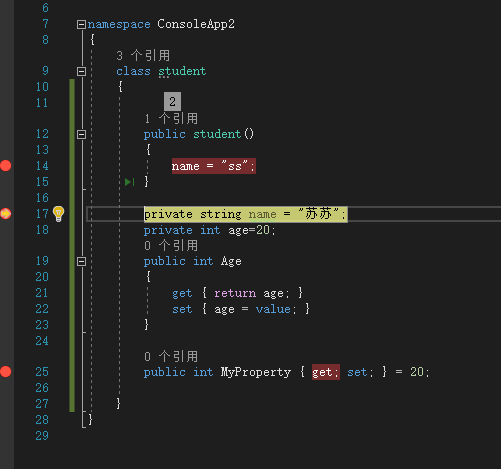
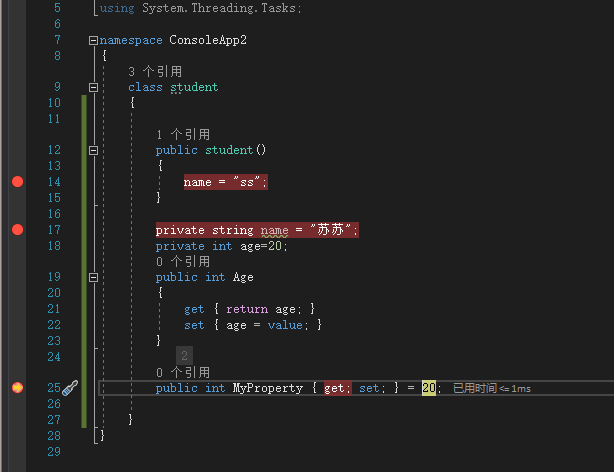
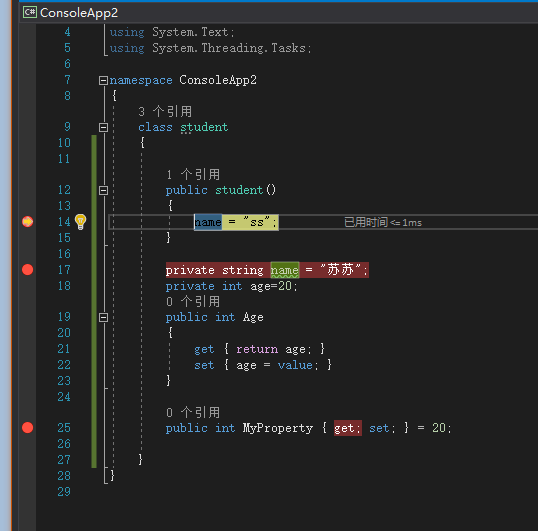
9:对象初始化器和构造方法对比
对象初始化器:只能初始化属性
namespace ConsoleApp2
{class Program{static void Main(string[] args){student student = new student{Age = 10,MyProperty=1} ;}}
}构造方法:初始化成员变量,属性,调用方法等
namespace ConsoleApp2
{class student{public student(){}public student(string name){this.name = name;}public student(string name,int age):this(name){this.age = age;}private string name = "苏苏";private int age=20;public int Age{get { return age; }set { age = value; }}public int MyProperty { get; set; } = 20;}
}